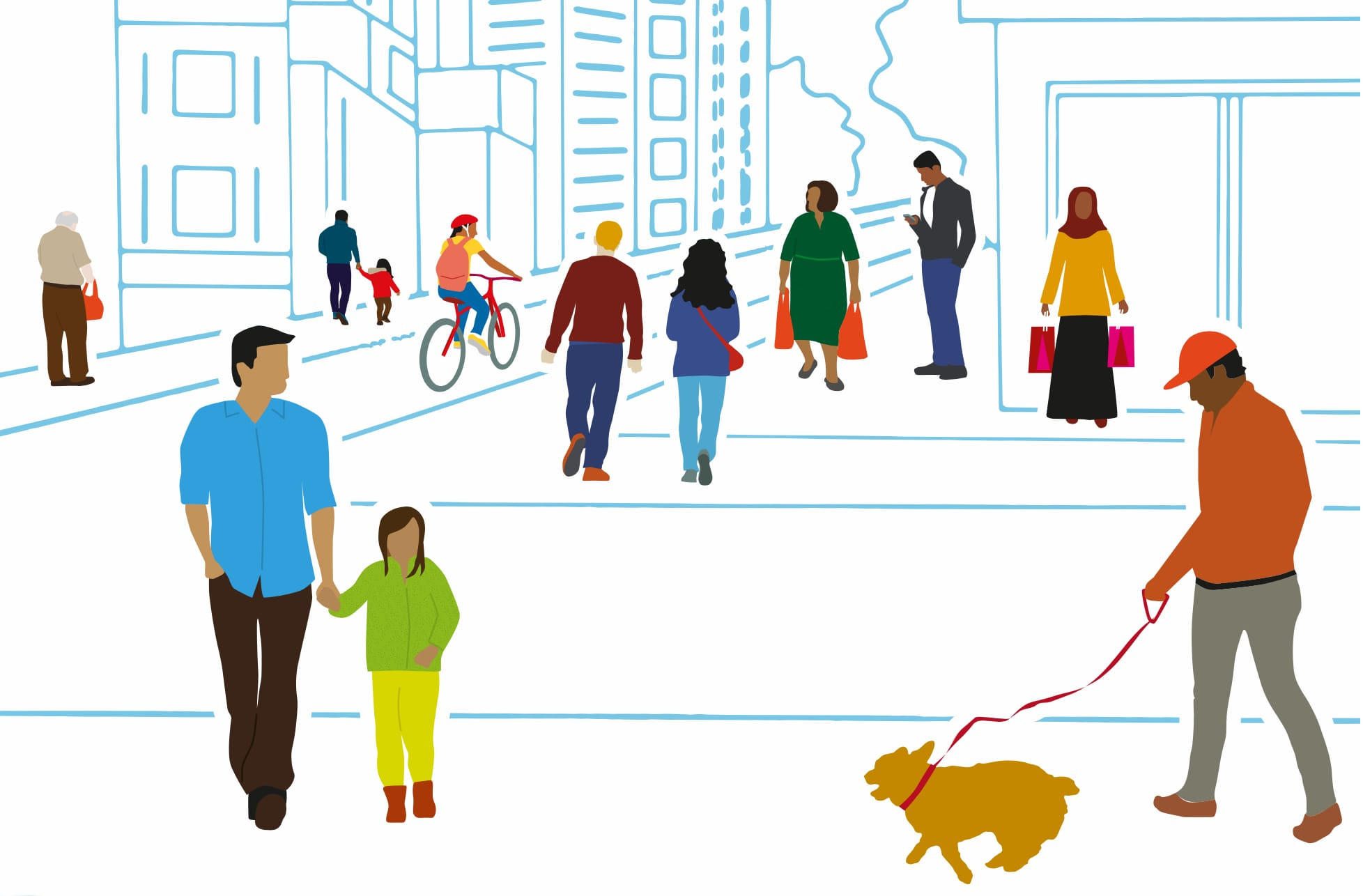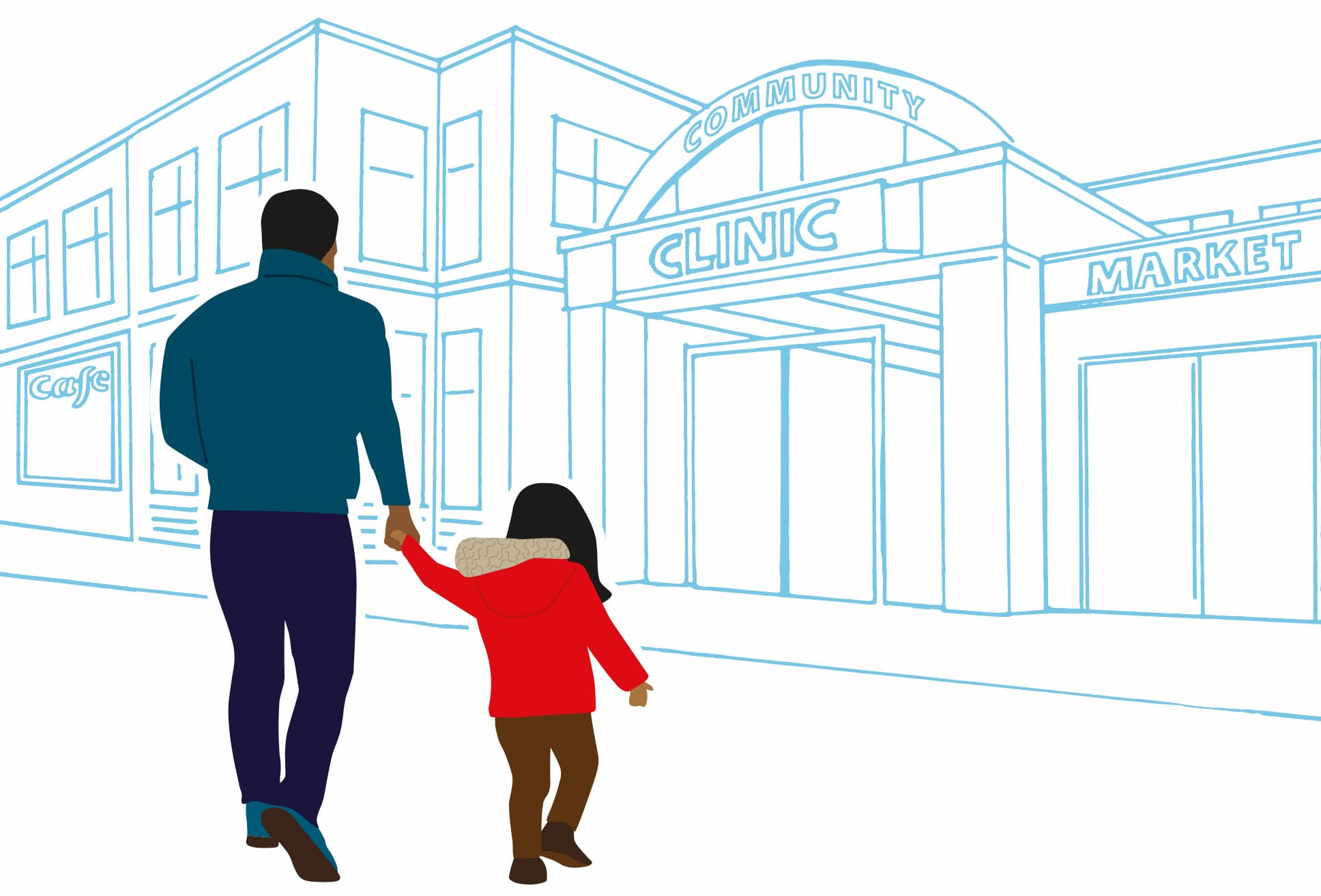The Fundamental Drivers of Health Inequity: What Are They? How Can Local Communities Address Them

The Challenge
Discriminatory laws and policies prevent people from buying a house, getting a good education, accessing healthy food and broadband, building wealth and, ultimately, from living healthy lives. These laws, policies and systems have been on the books for decades, sometimes longer. If we wanted policymakers, community leaders, business leaders, active residents and others to undo these unfair laws and promote healthy communities, where should we start? Our client, ChangeLab Solutions, needed to make sure changemakers had an understanding of what health inequities are, why they exist and how they impact people’s lives. Most of all, ChangeLab wanted to give them a roadmap of what they can do—right now—to begin making change. Change is within reach—and law and policy are the key.
Our Approach
As ChangeLab geared up to release A Blueprint for Changemakers: Achieving Health Equity Through Law & Policy, we knew we needed to make it clear—make it actionable and provide examples.
Make It Clear
The five fundamental drivers of health inequity are complex and weighty concepts:
Structural discrimination,
Income inequality and poverty,
Disparities in opportunity,
Disparities in political power, and
Governance that limits meaningful participation.
Of course, our messaging worked to define these terms in a way that was accessible and understandable—providing context about the history and hope for the future. But because we wanted the entire overall idea to be better understood, we developed an explainer video (in English and Spanish) to break it down in the simplest of terms.
Make it Actionable
As we worked to define each driver, we made sure there was a priority action—something that could be done right now. Things like:
Requiring equity analysis or staff training on equity, bias and cultural sensitivity.
Improving wages for individuals with low incomes.
Establishing land-use planning and housing regulations to promote racially and economically mixed neighborhoods.
Funding subsidized preschool for children from families with low incomes to provide a foundation for success in school and in life.
Making place-based investments in food systems and transportation networks to improve neighborhood value, while protecting against displacement.
Involving underserved communities in the initiation, drafting and implementation of policy solutions to local issues related to health equity.
Committing to health equity formally through a resolution, health plan or comprehensive plan, or by stating it as a goal in all policies.
Provide Examples
Since showing is always better than telling, we worked with communities to develop stories about their work to address the drivers of inequities. Places like Newark, New Jersey, where a documentary shone light on the food system and how the city is now booming with agriculture plots, farmers markets and community gardens. Or Baltimore, Maryland where Bon Secours Hospital began working on housing in west Baltimore after it recognized that poor health among residents was driven by unaffordable rents and residents feeling unsafe in the neighborhood where the hospital was located.

Result and Impact
Burness supported ChangeLab Solutions’ comprehensive dissemination efforts which included webinars, partner engagement, media outreach and more. Our goals were simple yet challenging: raise awareness and drive change. ChangeLab Solutions is working to collect examples of how the Blueprint has been used such as:
State health departments using the Blueprint to develop their State Health Improvement Plan.
Cities holding discussions about how they can better engage with residents when making policy decisions.
Advocacy groups using the Blueprint to facilitate the development of a food policy agenda to bring healthy, affordable food to a community that has suffered from a food system that is inequitable, unhealthy and unsustainable.